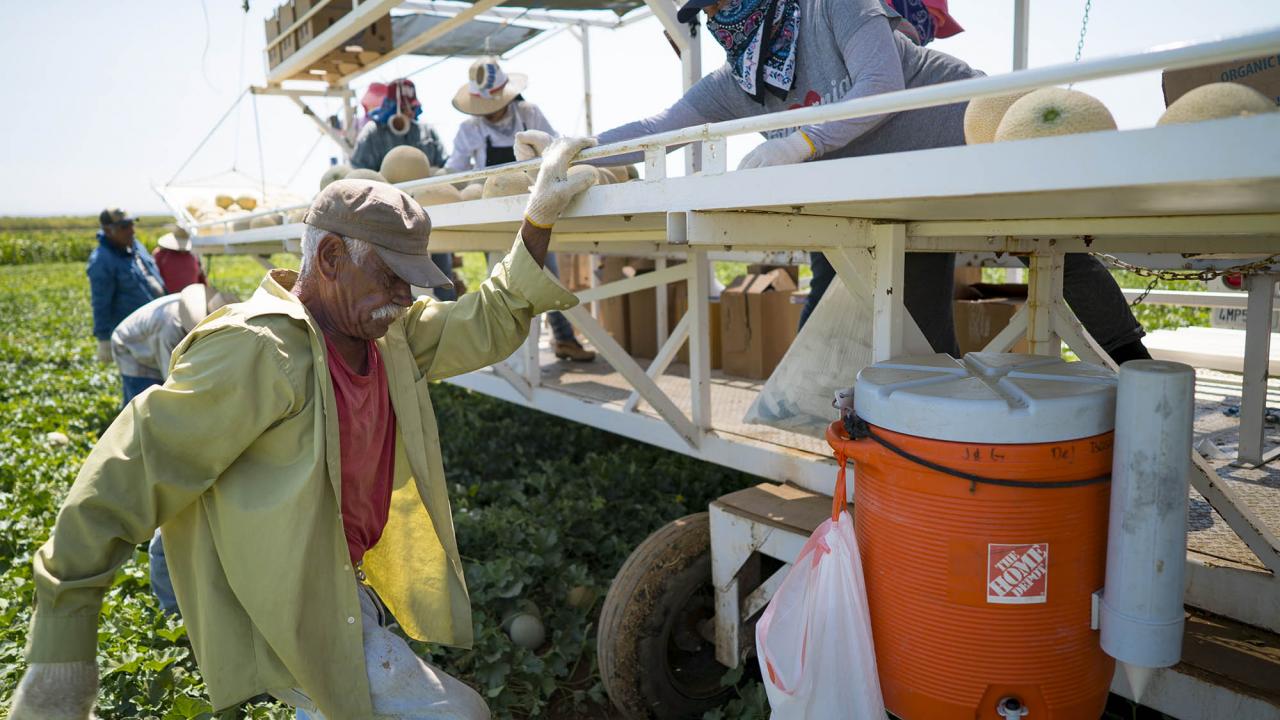
Employee Compliance and Safety Procedures
The IIPP standard requires that employers establish a system for ensuring that all permanent and intermittent workers follow safety rules.
This system must include:
- Communication to inform employees about any provisions of the IIPP and safety procedures (note: It is extremely important that all communication be in a form that is readily understandable by all affected workers. This will ensure that everyone is on the same page.)
- Methods to provide positive recognition to employees who perform safe and healthful work practices
- A plan to retrain employees whose safety performance is deficient and to fairly and consistently discipline those who continue to fail to follow safety rules
- A review of any safety rules and procedures which are continuously not being followed to ensure they are practical and achievable and a plan to make revisions as needed
It is imperative that the system created does not in any way discourage employees from reporting injuries, symptoms, and/or other potential health and safety hazards. Programs that reward employees for number of days without injuries are strongly discouraged by Cal/OSHA. These programs may be a disincentive to report injuries or early symptoms of a health problem (such as a musculoskeletal disorder). Early reporting can help to address these hazards before they become more serious injuries and help to reduce potential costs related to workplace injury.
Additional Resources
- Learn more about our free Injury and Illness Prevention Program (IIPP) trainings
- Look out for next month’s Próximamente, as it will cover Communication with Employees about Safety (Title 8 CCR §3203 (a) (3))
This article is based on the Worker Occupational Safety and Health Training and Education Program (WOSHTEP) administered by the Commission on Health and Safety and Workers' Compensation in the California Department of Industrial Relations through interagency agreements with the Labor Occupational Health Program at the University of California, Berkeley; the Western Center for Agricultural Health and Safety at the University of California, Davis; and the Labor Occupational Safety and Health Program at the University of California, Los Angeles.
